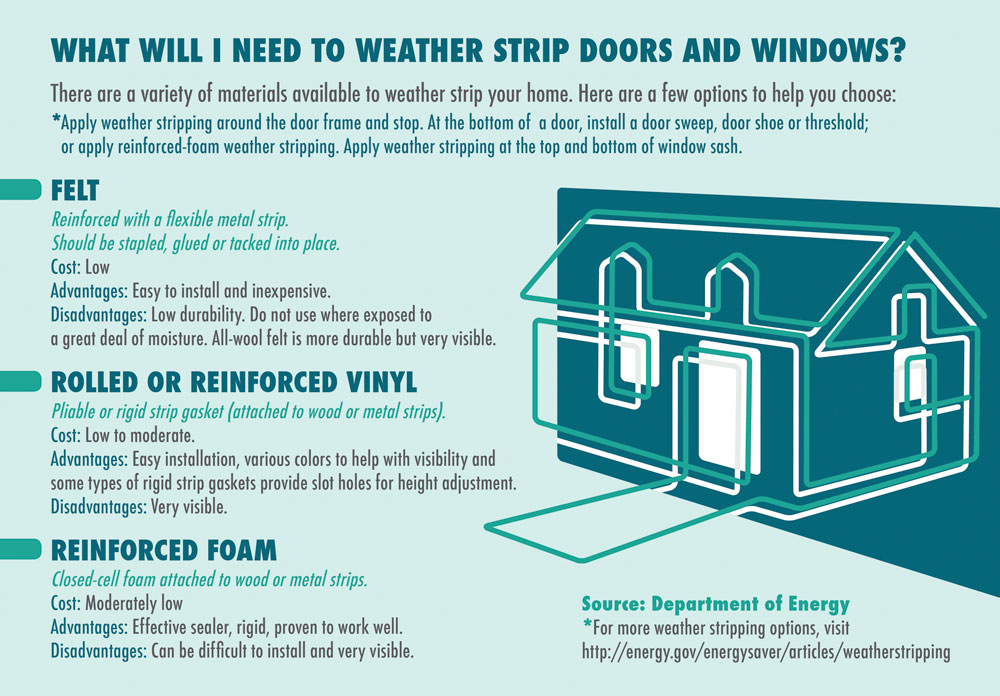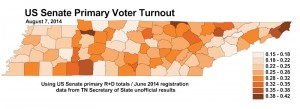Over the past few years, we’ve seen a dramatic increase in the number of scams targeting our consumers’ pocketbooks. In one, a caller posing as a co-op employee threatens to shut off service unless the member provides immediate payment using a reloadable debit card, prepaid gift card or online payment service like PayPal. That’s not the way that we operate. Education and communication help reduce the number of victims, but some of our members still fall prey.
There are other schemes that fall into a category somewhere between outright scam and shady marketing. Many are legitimate products that truly help manage and lower energy usages; such as programmable thermostats, energy efficient appliances, timers, etc.
Unfortunately, many are not. When the first pitch is “What The Electric Companies Don’t Want You To Know“, there is a good chance that the product is questionable. The implication is that we are out to steal our members’ money.
Fact: We want our members to have lower electric bills. It’s just sometimes difficult to convince them of that fact.
As member-owned, non-profit cooperatives, we operate on margins that don’t include paying dividends to investors. We don’t have to generate record profits to increase our stock price. Every dollar taken in is used in running the system or re-invested back into the distribution system.
We encourage our members to use less electricity. What other business has that type of business plan?
When energy saving devices can cut electric bills – we want everyone to know about them. Electric cooperatives frequently gave away compact fluorescent or LED lights; we provide free advice on energy efficiency; we promote geothermal heating and cooling systems that can dramatically reduce your electricity consumption. We do everythiing we can to help our members use less electricity.
And despite what our members have been told, electric cooperatives and TVA encourage the use of renewable energy sources, such as wind and solar. We need coal, but that’s not all we’re about.
The bottom line is that we are concerned about our members’ bottom line. Our primary concern has always been keeping the lights on. That concern isn’t limited to keeping the power flowing, it also means keeping energy affordable.
So, the next time you see the phrase, “what your utility doesn’t want you to know,” tell your members to put their hand on your pocketbook. As we’re doing that, let’s make an extra effort to educate them on the measures that they can take to lower their bill – that’s something that we do want them to know.






